BAUNEI
““It is located on the southern coast of Montessanto (…), protected from the eastern and northern winds. Looking southwards, the land slopes down sharply, with a very rough surface and the way for carrying anything heavy to the plain is riddled with risks and gruelling to set down. It is thought that the population established itself during the tenth century and originated from the family of a goat herder, who chose to settle in this area of fertile and abundant pastures; despite the passing of the centuries, the ruins of the dwelling that was built and inhabited by the first settler are still said to be visible”.
This is how the town of Baunei was described in 1834 by the Sardinian abbot Vittorio Angius, tasked with compiling the entries for the towns in Sardinia for the commercial and statistical Historical Geographical Dictionary of the states of His Majesty the King of Sardinia by the Turinese abbot Goffredo Casalis.
It is the description of a village perched on a mountain ridge, one of the most isolated of the then most isolated area of Sardinia: Ogliastra. The description of a land whose origins are rooted in the activity that more than any other epitomises Sardinia: pastoralism. The fact that in the mid-nineteenth century villagers still believed they could identify the ruins of the founding pastor’s dwelling with absolute certainty says a lot about the extent to which the Baunesis identify with the figure of the tenacious goat herder, capable of drawing sustenance from places that were anything but hospitable.
Almost two centuries have passed since the survey carried out by Angius and much has changed. While the village is still there, clinging to the limestone mountain, 480 metres above sea level, in the meantime the history and progress have forged ahead, substantially changing the economy and society of this small mountain community. Indeed, it has been some time since Sardinia was synonymous with only pastoralism and isolation; nowadays, the first words that come to mind are “sea”, “tourism” and “holidays”. This also applies perfectly to Baunei and its coastal village, Santa Maria Navarrese, whose recent history in some ways seems to sum up the recent history of the entire island.
The texts of this section are taken from the book “Guida Storico Turistica di Baunei e Santa Maria Navarrese” by Giampaolo Porcu

